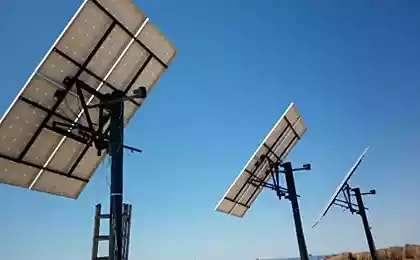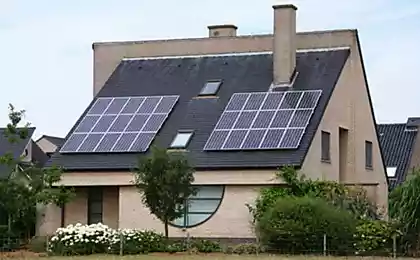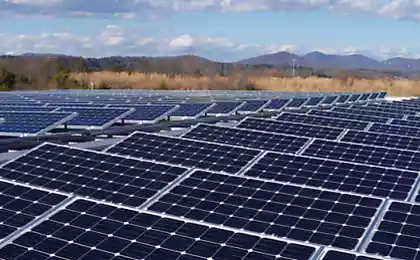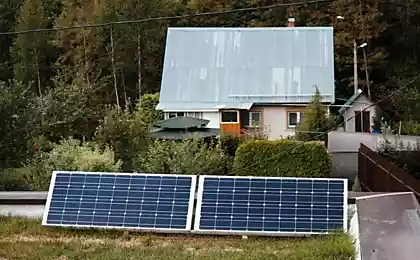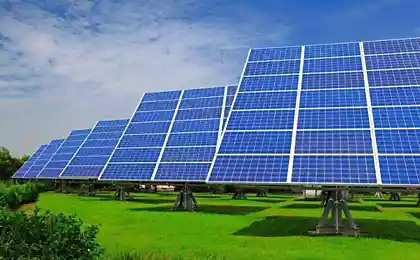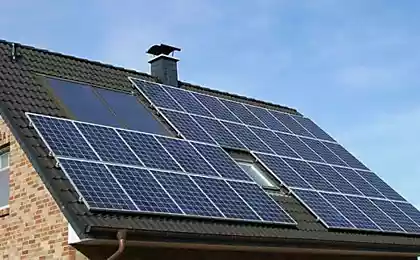156
Stagnation of European solar markets
The rapid weakening of the influence of European markets on global solar power was illustrated by recent data released by the European Photovoltaic Industry Association (EPIA).
At the ninth workshop in Brussels, EPIA announced that Europe’s share of the world’s newly installed solar capacity was just 28 percent last year, up from 59 percent in 2012. The championship was taken by Asia - the world's leading region in the field of solar energy.
China with 11.3 GW of new solar capacity and Japan with 6.9 GW of solar capacity are the leaders of the Asian solar industry. Figures provided by the European Photovoltaic Industry Association show that the amount of newly introduced solar capacity in the former world leader, Germany, fell by 57%, to 3.3 GW, due to planned regulatory changes. Italy’s performance is even more depressing, with a 70 percent decline to 1.4 GW of new capacity.
The drop comes despite another record year for the solar industry as a whole, with at least 37 GW of new solar capacity built worldwide, reaching a cumulative 136.7 GW, up 35 percent from 2012.
The number of new solar installations in Italy fell by 70% last year
EPIA drew attention to regulatory changes in Belgium, France and Denmark that resulted in a corresponding decrease in the number of newly introduced solar capacity from 600 to 215 MW, from 1.1 GW to 613 MW and from 300 to 200 MW, respectively.
With rapid installation growth in China and Japan, the Asian markets of India – with 1.1 GW, Korea – with 442 MW and Thailand – with 317 MW – are also experiencing stable, albeit less impressive, growth.
The United States is the third-largest market for solar power – according to the EPIA report, the market growth for 2013 was 4.8 GW, while the same year, neighboring Canada is at the level of 235 MW of newly commissioned solar capacity.
With data from EPIA confirming the trend of expanding Asian markets amid stagnation in Europe, it was a bit surprising to hear the organization’s frequent calls for stabilization of renewable energy policies across the European Union and neighboring states.
Source: aenergy.ru



